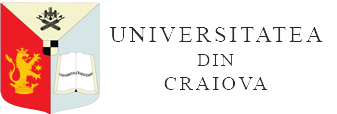RESISTANCE IN COMMON BEAN(PHASEOLUS VULGARIS L.) TO UROMYCES APPENDICULATUS IN BULGARIA
DOI:
https://doi.org/10.52846/aamc.v52i1.1337Abstract
Common bean rust, caused by Uromycesappendiculatus, is one of the most devastating diseases in common bean. Breeding for resistant cultivars is the most effective and eco-friendly method for disease control. Although there is no targeted breeding program in Bulgaria to create resistant cultivars to the pathogen, periodic screening of the virulent diversity of U. appendiculatus and sources of resistance to the identified races/pathotypes is carried out. During the last twenty years, four investigations were made to estimate virulence diversity in pathogen population. Eleven U. appendiculatus races (20-0, 20-1, 20-2, 20-3, 20-19, 29-0, 29-1, 28-1, 52-3, 20-16 and 20-18) are identified, distributed in Rhodope mountains and North Bulgaria. Chronologically each of the studies was accompanied or followed by a screening for sources of resistance to the pathogen under field conditions. Еach study found different numbers of resistant accessions depending on the virulent potential of the population used. In three of the studies, cultivars that showed resistant phenotype under field conditions were screened against a set of races, distributed in the country in the same time, under greenhouse. Bulgarian cultivar ‘Beslet’ showed resistant reaction under field and greenhouse in all investigation. The resistance of the cultivar to races 20-1 and 20-19 is governed by a single dominant gene. This cultivar can be successfully used in a breeding program for race-specific resistance. Fifty accessions with race-nonspecific resistance, expressed by low disease intensity and resistant/susceptible infection type, are identified in two investigations under field conditions.


